How Does Technology Empower Disaster Response?
Chris Matthews, Project Manager at BMS CAT, emphasizes the critical role technology plays in keeping customers informed and in control during the restoration process. Real-time updates and project visibility empower clients to make informed decisions, adjust priorities, and ensure their needs are met efficiently and effectively during disaster response.
If you’re interested in hearing more insights from Chris, be sure to catch an upcoming episode of Inside Restoration and Recovery, where host Martha Lewis sits down with Christopher Matthews, Regional Director for Large Loss at BMS CAT. With decades of experience, Matthews delves into customer preparedness, the importance of detailed property assessments, and how technology streamlines communication during disaster response.
The episode features Matthews’ experience at Tropicana Field in Tampa, where his team tackled the immense challenge of restoring a 1.2-million-square-foot facility heavily damaged by a hurricane. Matthews highlights how strategic planning, teamwork, and advanced tools helped overcome such complex obstacles while maintaining clear communication with clients.
Tune in to learn how Matthews and his team adapt to diverse client needs, address large-scale disasters with precision, and build trust through consistent results. Don’t miss this opportunity to gain expert insights into disaster response and how BMS CAT ensures continuity for its clients, one project at a time.




